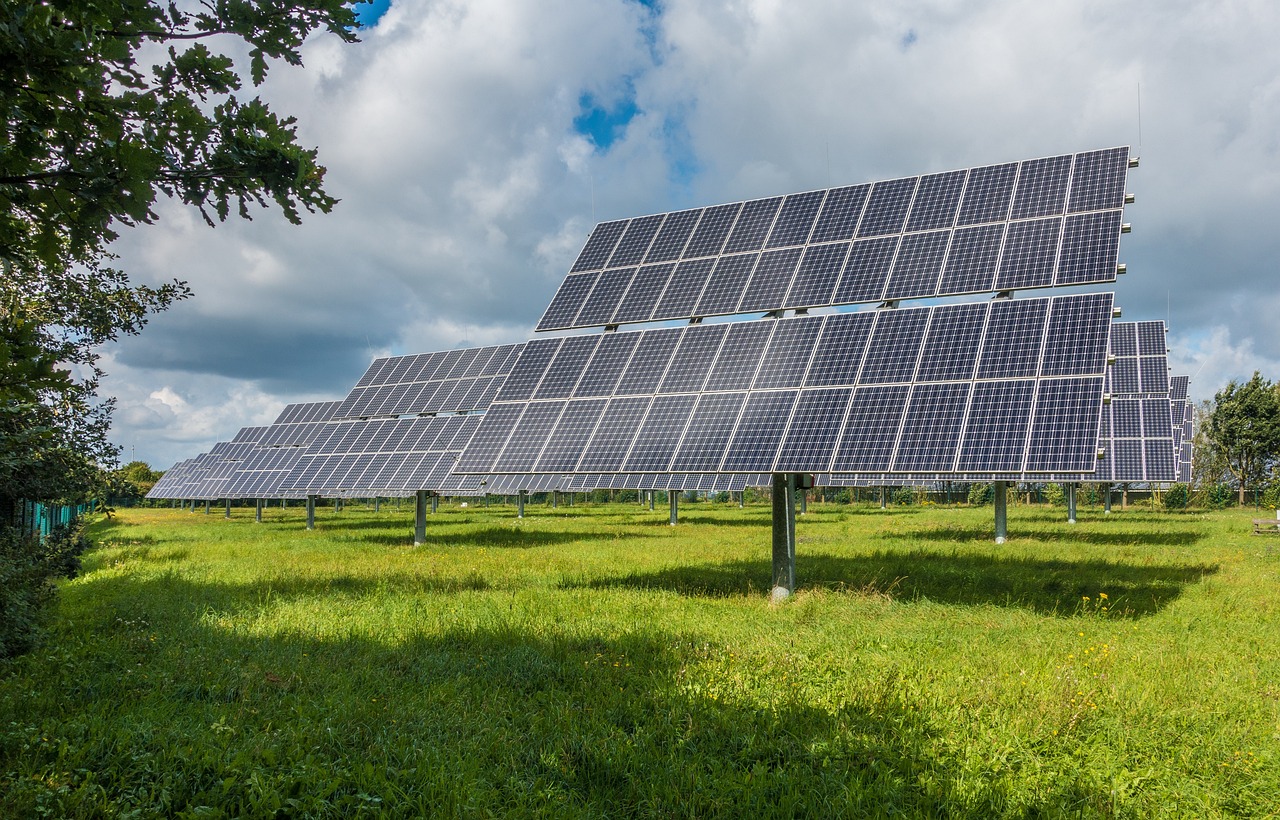
SUBHANKAR BHATTACHARJEE
Understanding Renewable Energy: Types, Benefits, and Why It Matters
Most Read Stories Today
-
Water Scarcity and Artificial Rainfall: The Positive and The Negative Effects of Cloud Seeding, including Health Hazards and Climate Implications.
-
Renewable Energy in Rural Areas: Challenges, Opportunities, and Successful Rural Projects
-
Pakistan's Agriculture at Risk Due to Climate Variability
-
South Africa's Recent Floods: Is Climate Change to Blame?
-
South Korea's floods: root causes and prevention strategies.
-
South Africa: Cape Town, A City Under Fire
-
The Human Cost of Climate Disasters
-
Our Oceans, Our Future: The South African Dilemma of Overfishing
-
Degenerative Impact of Hydrocarbons On The Environment.
-
Sustainable Urban Planning - Copenhagen and the Path to Climate Resilience
The earth is at a critical juncture with regards to its energy need. As the global population rise so as the demand for energy and the need for sustainable, renewable energy sources has never been more pressing.
Renewable energy is a game changer in our fight against climate and environmental degradation. below we shall delve into the global arena of renewable energy, while exploring the types, benefits, and why it matters.
Types of renewable energy
Renewable energy comes in various forms, with its unique benefits and advantages. The various types and sources of renewable energy are as follows:
-
Solar Energy: This is sun's rays generated energy, either through photovoltaic panels or solar thermal systems ( solar water heaters or solar heating system). This type of energy is is clean and abundant source of energy, making it attractive option for households and businesses.
-
Biomass Energy: An option of energy generating, which consist of organic matter such as wood, crops or waste. This type of renewable source of energy, with applications ranging from heat generation to transportation of fuels.
-
Geothermal Energy: This type of energy is generated from the heat of the earth's core. Geothermal energy is a clean and constant source of energy, making it a very good option for generating power
-
Wind Energy: Wind energy is a significant contributor to the global renewable energy mix, with farms sprouting up around the world. It is generated from the wind, using wind turbines.
-
Hydropower: This is the most popular way of generating energy. Energy generated from the movement of water rivers, oceans or tidal currents. Hydro energy is a reliable and renewable so of energy, with hydropower plants providing electricity to millions of people worldwide.
Why are renewable sources of energy named so?
Aside from tidal and geothermal energies, all other sources are solar. They can be constantly replenished by the sunlight.
Do you want to know how?
Actually, uneven heating of the surface of the Earth by the sun causes wind energy. The water cycle is even fueled by sunlight. Hydropower, like hydroelectric dams and some invasive systems, uses water from streams, rivers, and oceans. Sunlight also helps in the growing of biofuels.
Geothermal energy comes from the Earth's hot core. Its radioactive decay causes this heat. It will not cool down any time soon. The gravitational pull of the moon and the sun produces tidal energy, which causes tides in the oceans. Hence, these two energies have no relation to solar energy. They are generated solely by gravity. All these energy resources are easily available and inexhaustible. Hence, the name "renewable energy sources."
On the other hand, coal, petroleum, and natural gas resources are finite. A limited and unknown amount of these resources is buried deep beneath the ground or the ocean.
Why should renewable energy sources be preferred over non-renewable energy sources?
This energy is available in abundance and is a reliable source. Currently, harvesting these energy sources is costly. However, it will become cheaper as the infrastructure and technology improve. These energy resources are harvested without using fossil fuels. Renewable sources are great for fighting climate change. They emit little or no carbon.
Non-renewable resources, on the other hand, are costly to extract. The drilling and mining of these elements are very dangerous to the environment as well. They also emit harmful gases, like CO2, causing air pollution. Finally, they are finite; ergo, there is no knowing how long they will last.
Harvesting and finding new sources of non-renewable energy are also very difficult. The high cost and limited supply of these resources will raise prices. Consequently, this will ultimately result in a great disturbance to the global economy. Also, there is a chance of catastrophic accidents. This is especially true when drilling for oil under the ocean bed. The British Petroleum oil spill in 2010 is a good example of such a catastrophe.
Renewable energy sources are also much cleaner to use when compared to the use of fossil fuels. The use of non-renewable energy sources not only causes air pollution but also leads to water pollution from toxic waste like mercury, lead, and arsenic. A typical example of this is the exploration for (and mining of) oil, ending up in the refinement of.
Hence, it is vital to raise awareness awareness towards the renewable sources and how to use them. Finally, this will also affect the global economy in a positive way.

Terms & Conditions
Subscribe
Report
My comments